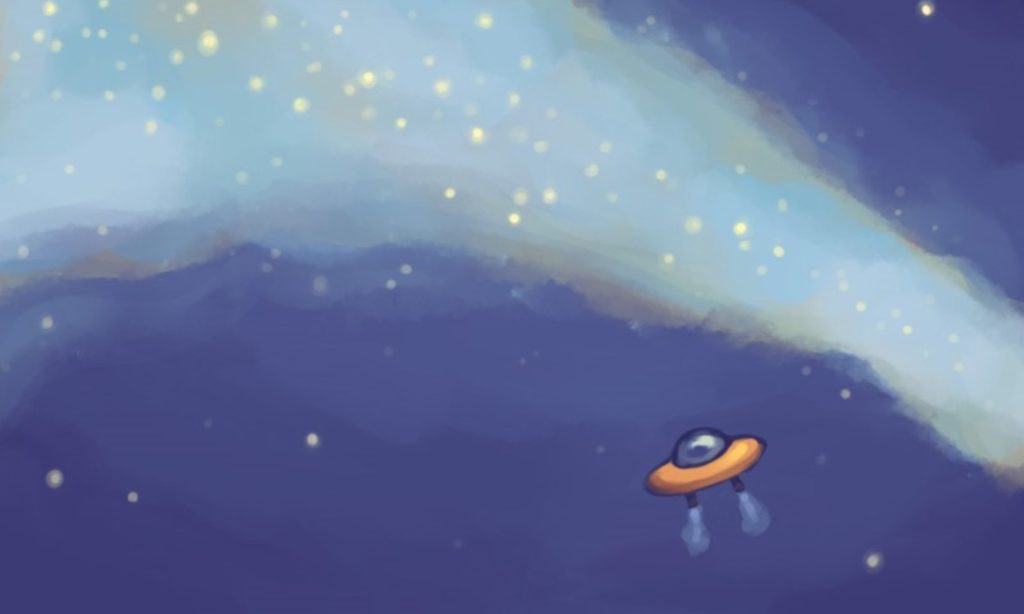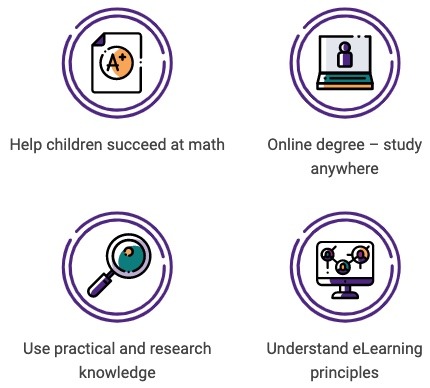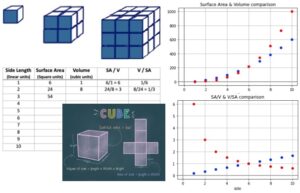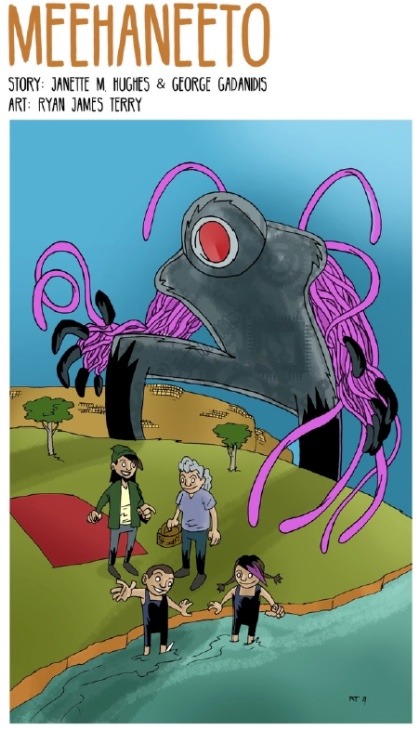OUTREACH
WONDER OF MATHEMATICS
- After-school learning support for students.
- Teacher support for adding depth to classroom mathematics.
- Funded by SSHRC.
AI EDUCATION from K to undergraduate
- Mike Katchabaw (Project lead), George Gadanidis (Project co-lead), Jodie Williams (Indigenous Knowledges lead), Immaculate Namukasa (Outreach lead). Funded by Western.
- See https://ai-ed.ca
MATH + CODING WORKSHOPS
- I have been offering professional learning workshops for educators, to support the new grades 1-9 mathematics curricula in Ontario.
MATHEMATICS PERFORMANCES
- See Youtube channel
TEACHING
I recently Mathematics Education Through the Arts and Computational Modelling in Mathematics & Science Education (online, Masters of Professional Education-Mathematics).
I love teaching and learning in these courses!
RESEARCH
I have worked for many years, in K-10 classrooms in Ontario (as well as in Brazil), collaborating with educators to research the design mathematics experiences that offer students a sense of mathematical wonder.
In 2022, I received SSHRC funding for a new 3-year mathematics + computer programming project, focusing on grades 9-10.
In 2021, we started a new 5-year mathematics education research project, funded by SSHRC, led by Dr. Immaculate Namukasa, focusing on Kafai’s idea of computational participation in K-10 settings.
We just finished a multi-disciplinary ORF:RE project, developing and researching apps and support resources.
ON MY MIND
Mathematics education
I think we need a much greater focus on the quality of the mathematics we teach. Pedagogy alone cannot improve shallow mathematics we bring to our classrooms.
See Part 1 and Part 2 of my blog post.
Social media & AI
I am concerned about the surveillance role of social media and AI in our society.
See a video reading of the graphic story Meehaneeto.





